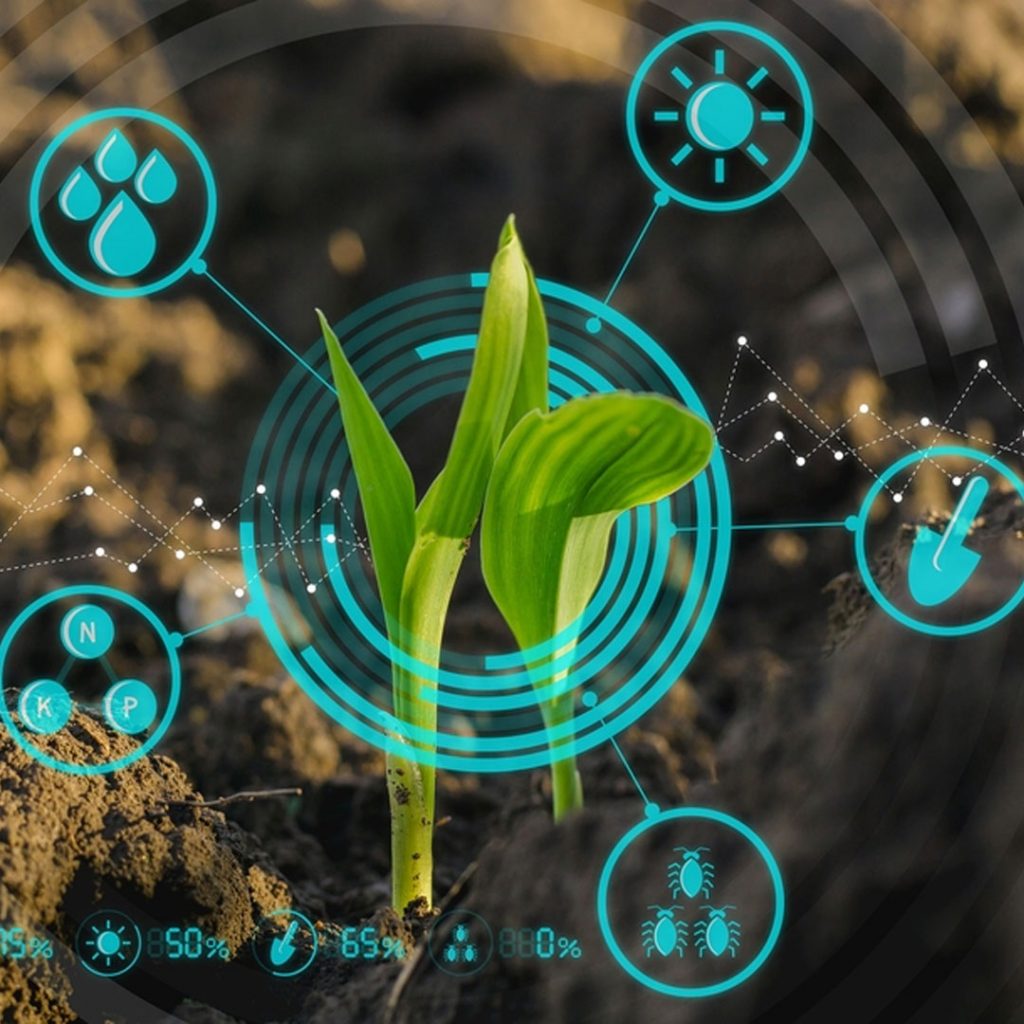artificial intelligence, violetcyber lab
Machine learning in agriculture
Machine Learning in Agriculture
What practical applications will machine learning and artificial intelligence have in agriculture? And will they improve the agricultural process?
In this article, we will explore this topic to see what happens if we introduce artificial intelligence, and particularly machine learning, into the production of agricultural products and what progress we will see in agriculture.
The first step in machine learning in agriculture
Agriculture is one of the most important industries that human life depends on, as food is one of the most critical issues in the world today. Traditional agricultural methods are no longer sufficient to meet the growing demands, and this will become more evident in the near future, if it has not already started. Therefore, we need to think about creating a high-yield agricultural system that produces more products quickly while maintaining the quality of agricultural products and all their nutritional characteristics. Naturally, controlling and achieving a good state through traditional methods is impossible. Automation methods can also provide some solutions, but they still require human intervention, which means employing more human resources, which ultimately will not have a good return on investment and has limits like traditional agriculture.
This is where artificial intelligence and machine learning can be very useful and lifesaving. You probably want to know how and in what way machine learning and artificial intelligence can improve everything?! We will explain this further below.
Artificial intelligence is based on neural networks and can receive, classify, and store information like a mind, so it can use this information for a specific purpose if necessary. Now imagine an artificial intelligence system that constantly monitors all the activities of a farmer who is busy controlling and managing their agricultural products through smart farming systems. For example, a farmer performs various tasks from the beginning of tomato growth, such as controlling soil moisture, soil pH levels, temperature, and so on to make the tomato grow well. During this process, all the data such as soil moisture and pH levels are collected by the artificial intelligence system since these controls are carried out by the system rather than the human who is the farmer. This data is then collected as datasets, so that the neural network-based artificial intelligence can have all the necessary information and skills to grow agricultural products (in this example, tomatoes).
In this way, in the next times when this neural network has acquired enough information to manage a product from seed to growth, production, and harvesting, there will no longer be a need for a farmer and human resources to monitor it, because artificial intelligence has the sufficient skills, data, and all the necessary tools to grow agricultural products and can even perform the entire process to production without human intervention, having learned all of these tasks from the farmer.
You might ask yourself, what will happen to the farmer’s duty if artificial intelligence takes over the entire process and performs all tasks without the need for human presence and intervention?
In such a case, farmers will easily only think about developing their own market and will not worry about losing agricultural products. Of course, there is no need to spend a lot of time during the life of a farmer to maintain, grow, and manage agricultural products because artificial intelligence performs the entire process well. In fact, besides giving farmers enough time to do other things, an automatic income-generating process has also been created for them because the only job that the farmer will do is to sell their products and offer them to the market.
With a general look at the above content, you can see how AI-based agriculture can be beneficial because it addresses two main issues:
1- Agricultural products will be available for use without losses or with minimal losses because AI controls and monitors the entire process, from the required environmental and climatic conditions for plant growth to the protection of plants and agricultural products against pests and diseases.
2- There is no longer a need for a human workforce such as farmers to spend most of their lives taking care of products to supply agricultural products to the market. In this case, the farmer can easily focus on expanding their market and thus have many opportunities for market expansion.
We are currently working on this issue at violetcyber laboratory by designing an AI based on machine learning and neural networks to create a professional agricultural AI that has shown good results so far and will be unveiled in the near future.

